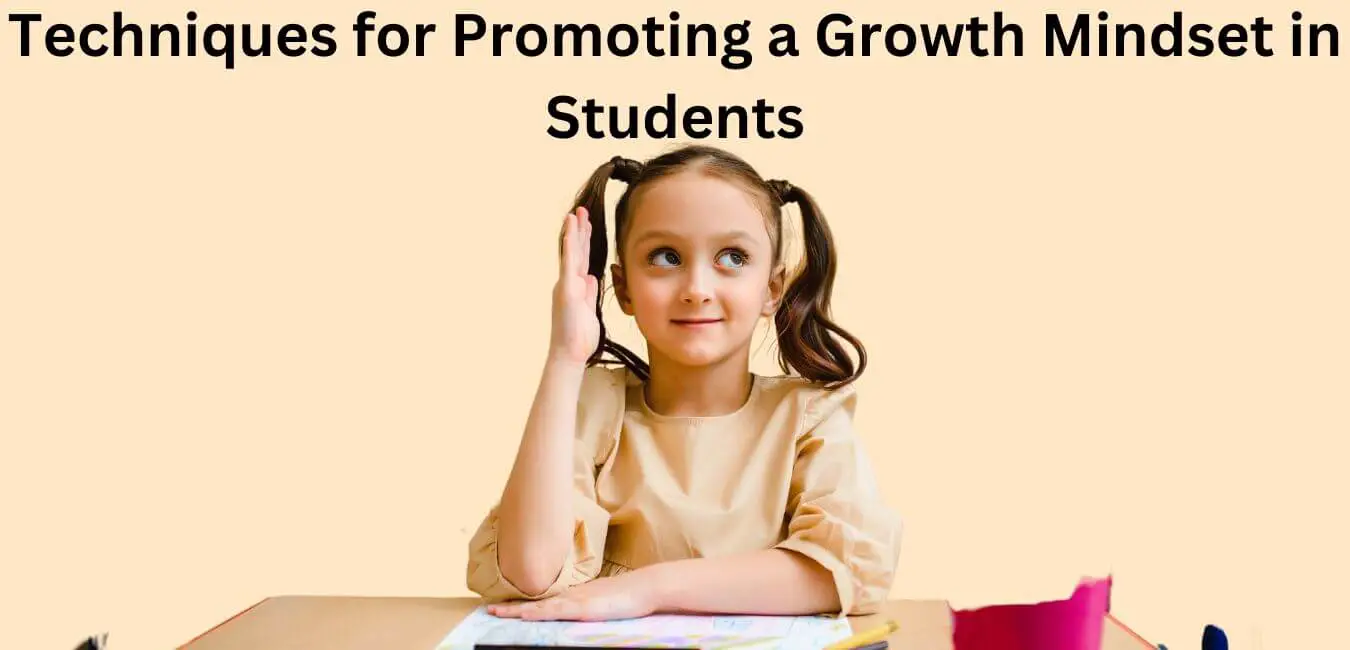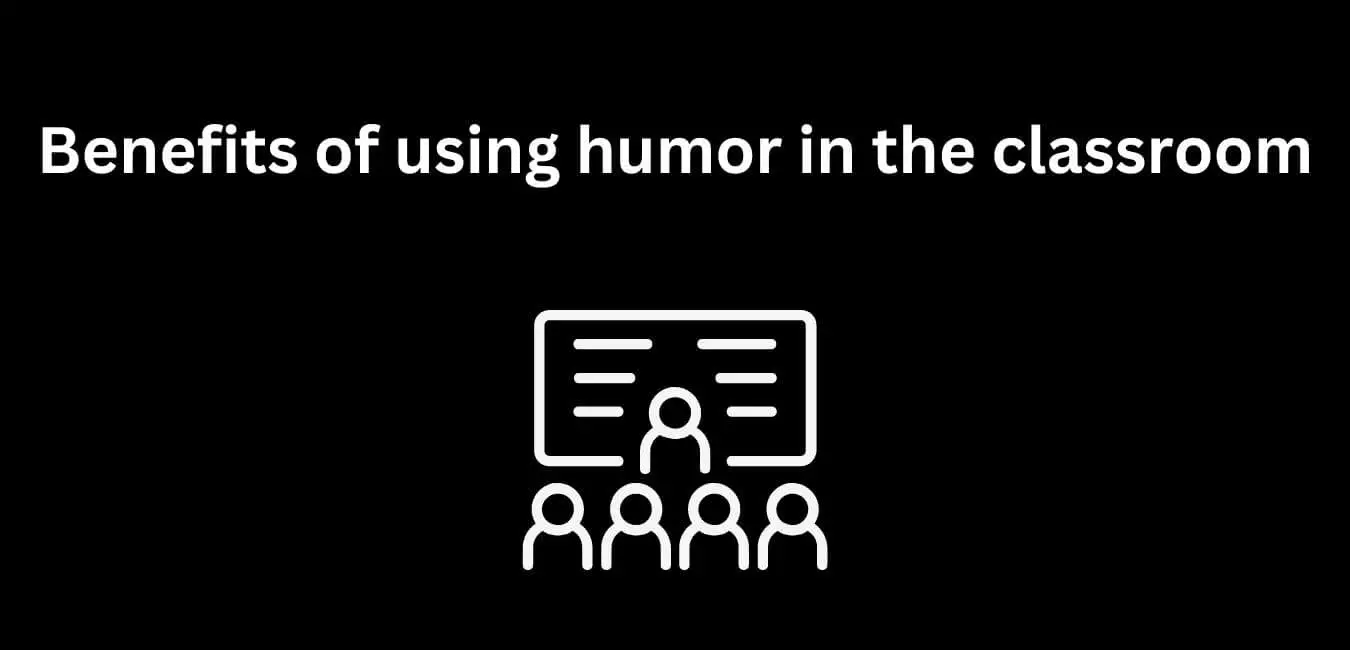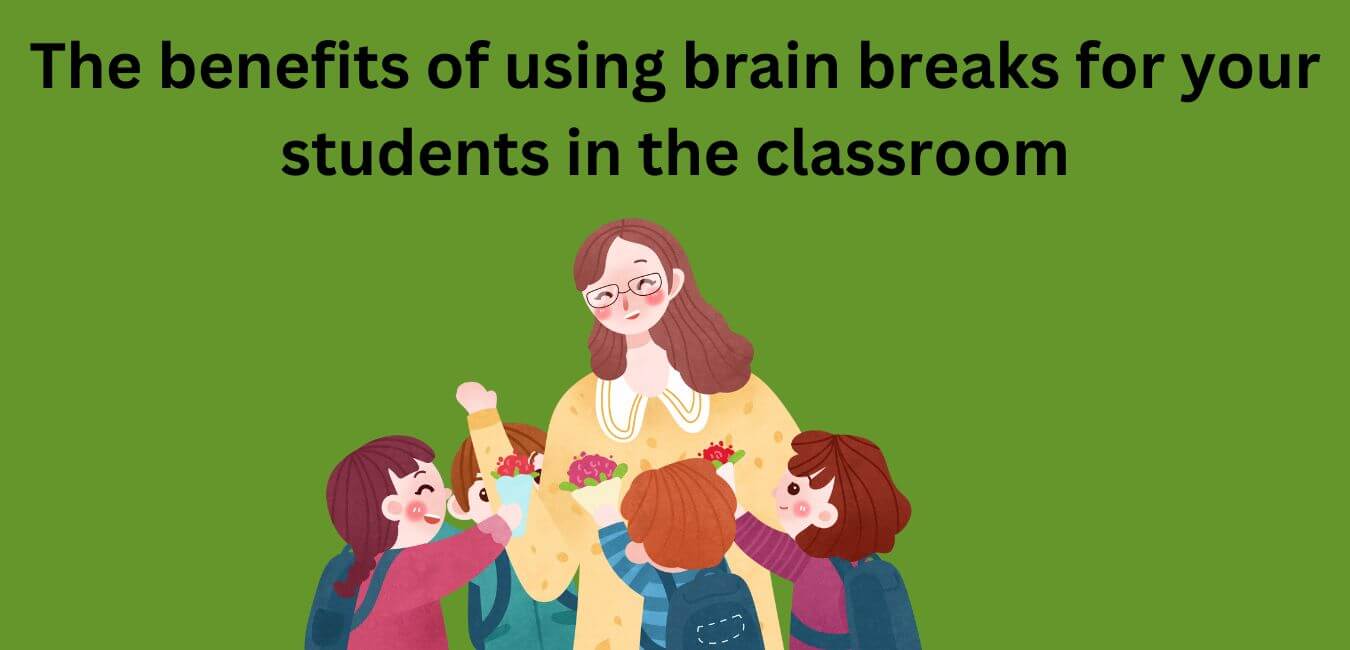As teachers, we strive to create a dynamic and engaging learning environment that fosters active participation and encourages students to voice their thoughts and opinions.
The power of student talk cannot be undermined when it comes to enhancing critical thinking, collaborative skills, and overall academic growth.
In this article, we will delve into actionable student talk strategies that will ignite curiosity, boost confidence, and create a vibrant exchange of ideas among your students. Get ready to transform your classroom into a lively hub of collaborative learning!
17 Tips student talk strategies for your classroom
Establish Clear Expectations
To effectively establish clear expectations for classroom discussions, involve students in the process to ensure their commitment to the established norms. By including students in the creation of ground rules, they feel a sense of ownership and responsibility, leading to a more respectful and productive learning environment. Here is a table outlining key strategies for setting expectations and promoting student-led discussions:
| Setting Expectations | Safe Environment | Speaking Opportunities | Think Pair Share | Student-Led Discussions |
|---|---|---|---|---|
| Collaboratively establish guidelines for respectful communication | Foster a safe and inclusive space where all students feel heard and valued | Provide ample opportunities for students to practice speaking and listening skills | Encourage students to share and discuss their ideas with a partner before sharing with the whole class | Empower students to take the lead in facilitating discussions and guiding their own learning |
Create a Safe Space
Creating a safe and inclusive environment is important for encouraging students to freely express their thoughts and ideas without fear of judgment or ridicule. To achieve this, it’s crucial to promote mutual respect, active listening, and open dialogue among students. By doing so, we can create a nonjudgmental atmosphere where everyone feels valued and accepted.
To foster mutual respect, we should cultivate a culture that appreciates diverse opinions and backgrounds. Encouraging students to learn from each other’s perspectives can help foster empathy and understanding. Collaborative activities can also be used to promote mutual respect.
Active listening is another essential skill that should be taught to students. They need to understand the importance of listening attentively to their peers. Providing opportunities for reflective listening and paraphrasing can enhance their active listening skills. Teachers should also model active listening through their interactions with students.
In order to create an inclusive environment, we must embrace and celebrate the uniqueness of each student. This can be achieved by creating a classroom environment that welcomes and embraces diversity. It’s important to ensure that all voices are heard and valued in discussions.
Designate Speaking Opportunities
Implementing various methods like ‘talking sticks’ or speaking circles can ensure that all students have equal opportunities to share their ideas in the classroom. Talking circles provide a structured way for students to take turns speaking and actively listening to their peers.
Role-playing debates allow students to step into different perspectives and engage in lively discussions. Think pair share encourages collaboration by having students share their thoughts with a partner before sharing with the whole class.
Student-led discussions empower students to take ownership of their learning and lead meaningful conversations. Socratic seminars promote critical thinking and deep engagement through thoughtful questioning and dialogue.
These strategies create an inclusive and participatory classroom environment where every student’s voice is valued and heard.
Think-Pair-Share
Implementing the think-pair-share strategy in the classroom encourages active participation and collaboration among students. This strategy creates an inclusive environment where students can engage with their peers and develop critical thinking skills.
By giving students time to think individually, they’re able to formulate their own ideas and perspectives. Partnering up with a classmate allows for collaborative learning and the opportunity to discuss different viewpoints.
When students share their thoughts with the class, they not only practice public speaking but also learn from their classmates’ insights. Role-playing activities can also be incorporated into think-pair-share, enabling students to step into different roles and develop empathy.
This strategy promotes a supportive and interactive classroom where students actively listen and learn from one another.
Student-Led Discussions
When students take charge of leading classroom discussions, they gain control over their own learning and develop critical thinking skills. This approach transforms them from passive recipients of information into active participants in their education.
By leading discussions, students take ownership of their learning journey and feel a sense of responsibility for their progress. Additionally, student-led discussions promote critical thinking as students are challenged to analyze, evaluate, and synthesize information in order to effectively lead and contribute to the conversation.
This process helps students learn how to express their thoughts clearly, actively listen to their peers, and respectfully challenge ideas.
Socratic Seminars
Socratic Seminars are a structured approach to classroom discussions that promote engaging and thought-provoking conversations. They encourage students to explore different perspectives, ask probing questions, and support their arguments with evidence. This not only enhances critical thinking skills but also fosters empathy and understanding among students.
Here are three reasons why Socratic Seminars are effective in creating meaningful discussions:
- Explore perspectives: By actively listening to their peers and considering different viewpoints, students develop a broader understanding of complex issues. This fosters empathy and encourages them to consider alternative solutions.
- Probing questions: Socratic Seminars encourage students to ask thought-provoking questions that challenge assumptions and deepen their understanding of the topic. This helps them develop critical thinking skills and promotes intellectual growth.
- Evidence-based arguments: Students are encouraged to support their arguments with evidence, fostering a culture of evidence-based reasoning. This empowers them to think critically, evaluate information, and make informed decisions.
Role Play and Debates
Role-playing activities and debates can greatly enhance students’ critical thinking and communication skills. These interactive exercises provide students with the opportunity to actively engage in dialogue and express their viewpoints on relevant topics in a clear and straightforward manner. By assuming different roles and participating in debates, students are challenged to think critically, evaluate evidence, and effectively articulate their opinions.
Engaging in role-playing activities and debates encourages students to consider multiple perspectives and engage in constructive dialogue. This fosters their ability to communicate clearly and respectfully with others, an essential skill in both academic and real-world contexts. By providing context and explaining why certain topics are important, students can develop a deeper understanding of the subject matter.
Moreover, role-playing scenarios and debates serve as critical thinking exercises. Students are required to analyze information, make informed judgments, and support their arguments with evidence. This process helps students develop their analytical skills and think critically about complex issues.
Class Meetings
Regular class meetings provide a platform for students to actively participate in decision-making processes, fostering a strong sense of community within the classroom. During these meetings, students have the opportunity to discuss and create class contracts, which establish a set of rules that everyone agrees to follow.
This collaborative process allows students to take ownership of their learning environment and promotes a sense of responsibility and accountability. Additionally, class meetings provide a space for goal setting, where students can share their aspirations and work together to achieve them. This not only encourages personal growth but also fosters a supportive and encouraging community.
Moreover, these meetings allow students to voice their concerns and address any issues that may arise, ensuring that their opinions and perspectives are valued. By incorporating class meetings into the classroom routine, we create an inclusive and empowering environment where students feel heard, respected, and empowered.
Think Aloud
Model the process of thinking aloud and verbalize your thoughts while solving problems or analyzing a text. This strategy demonstrates to students how to express their thoughts effectively.
When it comes to teaching students how to express their thoughts effectively, one strategy I use is thinking aloud. By verbalizing my thoughts while solving problems or analyzing a text, I’m able to effectively model the process for students. This helps them understand the importance of verbal expression, active listening, peer learning, critical thinking, and effective communication.
During these activities, I find it helpful to use a 2-column, 4-row table to create a rhythm and flow in the classroom. This visual aid allows students to organize their thoughts and encourages meaningful discussions with their peers.
Incorporate Technology
Incorporating technology allows students to use online discussion platforms or classroom response systems to actively engage in virtual discussions and confidently express their ideas. This strategy enhances student participation and comfort in expressing themselves.
Here are three reasons why incorporating technology for online platforms and virtual discussions can benefit students:
- Increased student engagement: By using online platforms, students are more likely to actively participate in discussions and share their thoughts. This creates a dynamic and interactive learning environment.
- Improved technology integration: Using technology in the classroom helps students develop important digital literacy skills, preparing them for the future workforce.
- Enhanced idea sharing: Online discussion platforms provide a space for students to share their ideas with their peers, fostering collaboration and creativity.
Gamification
Integrating educational games and interactive activities that promote communication and collaboration can completely transform the learning experience. By incorporating these engaging tools into the classroom, students not only enhance their communication skills but also feel motivated to actively participate in discussions and work together towards shared goals.
An effective approach to gamification involves the use of educational games and interactive activities that align with specific learning objectives. These activities can provide opportunities for students to practice their communication skills while enjoying themselves. For instance, a team-based game like ‘Guess the Word’ can be played, where students take turns describing a word without using certain key words, while their teammates try to guess the word. This activity encourages critical thinking, clear communication, and effective collaboration.
By incorporating interactive activities and educational games, the learning environment becomes enjoyable and supportive. Students are encouraged to freely express their ideas and opinions, fostering a sense of belonging and active participation. This, in turn, leads to a deeper understanding of the subject matter. Utilizing these strategies, educators can enhance the overall learning experience and empower students to develop strong communication skills within a fun and supportive environment.
Advantages of gamification include:
- Encouraging collaboration
- Enhancing communication skills
- Making learning enjoyable
- Fostering a supportive environment
Turn-Taking Protocol
To ensure that all students have an equal opportunity to contribute and actively listen during group discussions, it’s crucial to implement a turn-taking protocol. This strategy promotes inclusivity, fairness, and a supportive learning environment.
Here are three emotional benefits of using a turn-taking protocol:
- Increased confidence: Giving every student the chance to speak boosts their self-esteem and confidence in expressing their thoughts and ideas.
- Enhanced empathy: When students take turns, active listening becomes a priority. This leads to a deeper understanding and empathy towards their peers’ perspectives.
- Improved collaboration: Allowing each student to have their turn encourages teamwork and cooperation. Students learn to value and appreciate each other’s contributions, fostering a collaborative learning environment.
Implementing a turn-taking protocol ensures that no student is left out or overshadowed in group discussions. It creates a space where everyone’s voice is heard and valued, promoting a sense of belonging and engagement. By using this strategy, students develop valuable communication skills and learn to respect and appreciate diverse viewpoints.
Peer Accountability
Encouraging peer accountability in discussions by respectfully challenging ideas and providing constructive feedback promotes critical thinking and strengthens communication skills among students. When students hold each other accountable, they not only create a respectful and inclusive learning environment but also develop essential skills that will benefit them beyond the classroom.
Engaging in respectful challenges allows students to consider different perspectives and think critically about their own ideas. Constructive feedback helps them refine their thoughts and improve their communication skills. By actively listening and thoughtfully engaging with their peers, students learn to express themselves confidently and articulate their ideas effectively. This collaborative approach empowers students to take ownership of their learning and fosters a sense of responsibility towards their peers.
Ultimately, peer accountability cultivates a culture of respect, growth, and collaboration in the classroom. It provides students with the tools they need to navigate diverse perspectives and engage in meaningful discussions. By encouraging peer accountability, educators create an environment where students can learn from each other, challenge their own assumptions, and develop the skills necessary for success in the ever-evolving world.
Use Scaffolding Techniques
Promoting peer accountability in discussions can be effectively supported by providing students with tools such as sentence starters, graphic organizers, and structured sentence frames.
These resources help students feel more confident in expressing their thoughts and ideas, while also providing a framework for organizing their responses. By visually representing the structure of their contributions, graphic organizers make it easier for students to communicate their thoughts effectively.
Guided contributions ensure that students stay on topic and contribute meaningfully to the discussion. Supportive frames offer students the necessary language and structure to express their ideas clearly.
These scaffolding techniques empower students to actively participate in discussions and develop their communication skills, creating a collaborative and inclusive classroom environment.
Circle Time
Creating a circle seating arrangement in the classroom promotes inclusivity and a sense of community. This arrangement encourages students to face each other during class discussions, creating a safe space for expressing thoughts and ideas. It also fosters active listening and respectful communication among students. By sitting in a circle, students feel equal and included, breaking down barriers and promoting a collaborative learning environment.
During circle time, clear expectations should be set to ensure equal speaking opportunities and to ensure that all voices are heard. One effective strategy to encourage participation is the ‘think pair share’ method, where students have time to think about a question or prompt, discuss it with a partner, and then share their thoughts with the whole group.
This seating arrangement can truly transform the classroom into a supportive and engaging community.
Benefits of Circle Seating Arrangement:
- Encourages equal participation: All students face each other, promoting equal speaking opportunities.
- Fosters active listening: Students are more likely to listen and engage with their peers.
- Creates a sense of equality: Breaking down physical barriers and promoting a collaborative environment.
- Builds a supportive community: Students feel included and valued, leading to a sense of belonging.
- Provides a safe space for expression: Students can freely express their thoughts and ideas without judgment.
Provide Wait Time
To have meaningful discussions, it’s important to give students enough time to process and formulate their responses. By pausing and allowing them to reflect before moving on, we give them the opportunity to think deeply and express their thoughts effectively.
This wait time has several emotional benefits:
- Encourages deep thinking and critical analysis: When students have time to think before responding, they’re more likely to engage in thoughtful analysis of ideas. This allows for a deeper understanding and evaluation of concepts.
- Fosters a sense of ownership and confidence: By giving students the space to formulate their responses, we show them that their contributions are valuable. This fosters a sense of ownership and confidence in their ideas, leading to more active participation in discussions.
- Cultivates an atmosphere of respect and active listening: Wait time promotes active listening and respect for others’ contributions. When students know that their peers have been given time to express themselves, they’re more likely to listen attentively and engage in respectful dialogue.
Incorporating wait time in classroom discussions is crucial for creating a supportive and inclusive learning environment. It allows students to fully engage with the topic, express their thoughts effectively, and feel valued for their contributions.
Celebrate Participation
By acknowledging and celebrating each student’s contributions throughout the year, we create a positive classroom culture that values and encourages student talk. When we acknowledge students’ contributions, we show them that their ideas and opinions matter. This not only boosts their confidence but also motivates them to actively participate in classroom discussions.
By celebrating students, we create a supportive and inclusive environment where everyone feels valued and appreciated. This positive culture fosters a sense of belonging and encourages students to share their thoughts and engage in meaningful conversations.
When we value student talk, we promote active learning and critical thinking skills. It’s important to celebrate each student’s unique perspective and encourage them to contribute their ideas, as this helps create a rich and diverse learning experience for everyone.
Conclusion
Implementing these strategies for student talk in your classroom will have a remarkable impact.
Your students will become confident speakers, engaging in meaningful conversations with one another.
They’ll communicate with clarity and conviction, leaving you in awe of their newfound abilities.
It’s like watching a captivating performance, with Shakespearean flair, but starring your very own teenagers.
Prepare to be amazed by the transformation of your students’ communication skills.
















